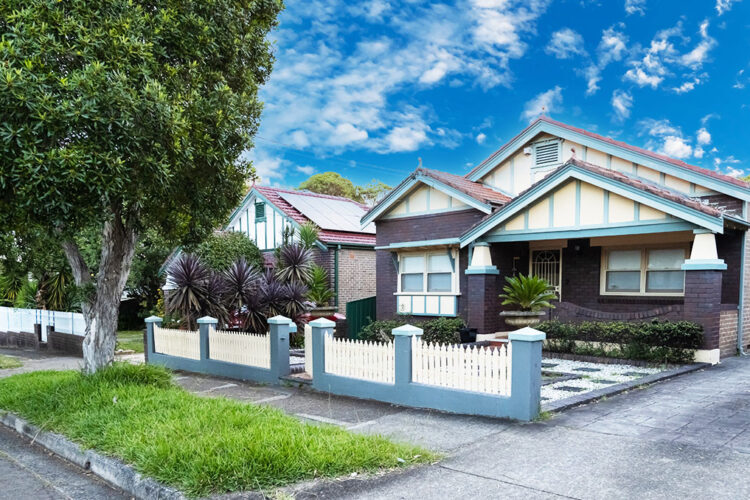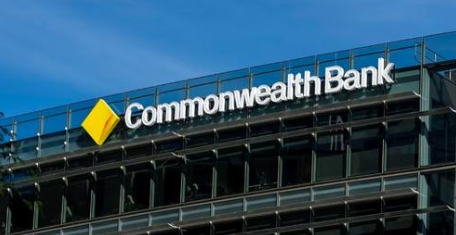Rising rates are taking their toll, with home buyer sentiment falling to an “extreme low” while more consumers expect house prices to rise than fall, new data has shown.
The Westpac-Melbourne Institute Consumer Sentiment Index revealed that for housing, the “time to buy a dwelling” index fell by 11.1 per cent in March to an extreme low of just 65.7.
This is the weakest reading on home buyer sentiment since September 1989, when standard variable mortgage rates were 17 per cent, according to the report.
This has reversed a trend of hovering around the 75–80 range that had largely prevailed since March last year.
Westpac Group chief economist Bill Evans attributed some of this decline to concerns that prospects of a price-led improvement in affordability are fading.
Indeed, the Westpac-Melbourne Institute House Price Expectations Index reached an 11-month high and rose by 8.6 per cent to 111.7, meaning the index is now firmly in “net positive” territory.
Index reads above 100 mean more respondents expect house prices to rise than fall over the next 12 months, although it is still below the long-run average of 127.
The falling buyer sentiment and rising price expectations were particularly pronounced in NSW and Victoria, Mr Evans said.
Commenting on the prospects of future rate rises by the Reserve Bank of Australia (RBA), Mr Evans said that the central bank has signalled a pause in April following the weaker-than-expected prints for wages growth and economic activity in the December quarter and a soft inflation report for January.
As such, Mr Evans said today that Westpac expects the RBA to pause rate hikes in April, before a final increase of 0.25 per cent at the May meeting.
“Prior to the governor’s surprisingly hawkish response to the December quarter inflation report where he effectively signalled consecutive rate hikes in both March and April, Westpac had expected that there would be a pause in April with a final hike in May,” he said.
“The governor has had an ‘about-face’ following the March board meeting. He responded to the disappointing growth print for the December quarter, the slower than expected wages gain in the December quarter, and the 0.4 per cent fall in the monthly inflation index in January.
“Following a speech the next day (March 8) the governor noted that a pause in April would be considered in the light of the data flow out to the Board meeting on 4 April – specifically: the business surveys, the February employment report, the February retail sales report, and the monthly inflation indicator report for February.”
The RBA lifted the cash rate last week to the highest level in over a decade by 25 bps to 3.60 per cent.
In his monetary policy decision statement, RBA governor Philip Lowe said that the board expects that “further tightening of monetary policy” would be required to ensure that inflation returns to the central bank’s target of 2–3 per cent.
This period of high inflation is only temporary, he added.
“In assessing when and how much further interest rates need to increase, the board will be paying close attention to developments in the global economy, trends in household spending and the outlook for inflation and the labour market,” Mr Lowe said.
Furthermore, he warned that if high inflation were to become “entrenched” in people’s expectations, it would be very expensive to reduce later and would involve even higher interest rates and a larger rise in unemployment.
“The board remains resolute in its determination to return inflation to target and will do what is necessary to achieve that,” Mr Lowe concluded.
If you’re looking to refinance for a better rate or looking for the right rate for your clients at zero cost, contact Finni mortgages experts and let us do the hard work for you.


